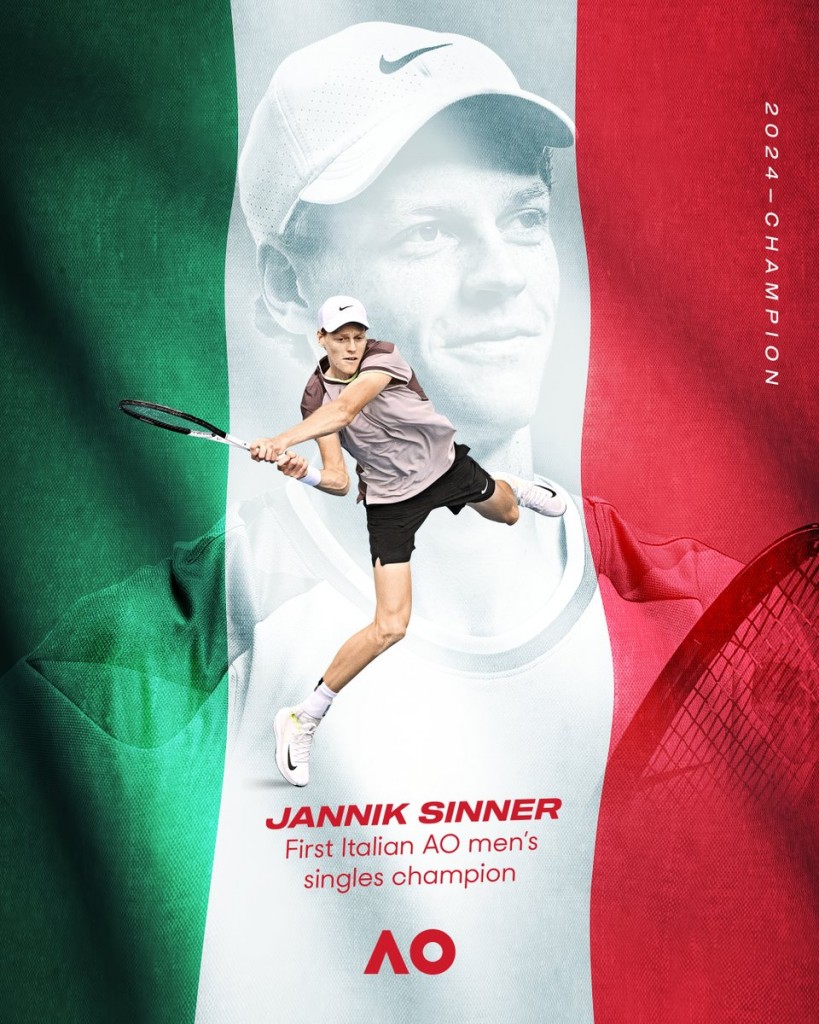Arnold L. Glass & Mengxue Kang (2019) Dividing attention in the classroom reduces exam performance,Educational Psychology, 39:3, 395-408.
When students are allowed to use phones, tablets or other devices for non-academic purposes during classroom lectures, they perform worse in end-of-term exams, according to a new Rutgers University–New Brunswick study.
The study, published in Educational Psychology, also found that students who don’t use electronic devices in class, but attend lectures where their use is permitted, also do worse – suggesting that phone and tablet use damages the group learning environment.
“Many dedicated students think they can divide their attention in the classroom without harming their academic success – but we found an insidious effect on exam performance and final grades,” said lead researcher Arnold Glass, a professor of psychology at Rutgers–New Brunswick’s School of Arts and Sciences. “To help manage the use of devices in the classroom, teachers should explain to students the damaging effect of distractions on retention – not only on themselves, but for the whole class.”
Glass, working with graduate student Mengxue Kang, led the experiment to test whether allowing students to divide their attention between electronic devices and the lecturer affected performance on tests taken during class as well as the end-of-term exam.
The experiment included 118 Rutgers–New Brunswick cognitive psychology students during one term of their course. Laptops, phones and tablets were banned during half of the lectures and permitted during the other half. When devices were allowed, students were asked to record whether they had used them for non-academic purposes during the lectures.
The study found that having a device didn’t lower students’ scores in comprehension tests within lectures but did lower their scores in the end-of-term exam by at least 5 percent, or half a grade. This finding shows for the first time that the main effect of divided attention in the classroom is on long-term retention.
In addition, when the use of electronic devices was allowed in class, performance was also poorer for students who did not use devices as well as for those who did.
This is the first-ever study in an actual classroom showing a causal relationship between distractions from an electronic device and subsequent exam performance.







